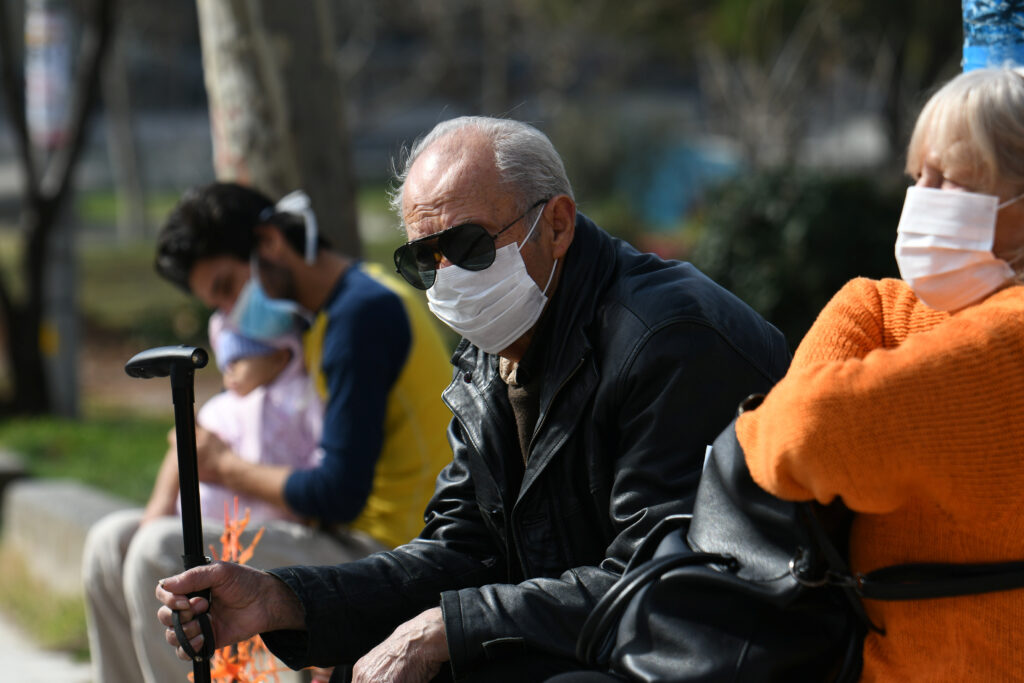
Older people have been a central focus during the COVID-19 pandemic, as more than 90% of deaths in the UK have been among people aged 60 years or older. Messages around social distancing and high vulnerability will resonate strongly with this age group. Less often considered is that many older people have disabilities—almost half (46%) of people aged 66 years and older in the UK. Having disabilities not only increases the risk of dying from COVID-19, but potentially also increases the adverse consequences of pandemic control, yet data on these dangers are scarce. In The Lancet Public Health, Andrew Steptoe and Giorgio Di Gessa have addressed this gap using data from the English Longitudinal Study of Ageing (ELSA) to compare the emotional and social effects on older people with and without physical disabilities during the early months of the COVID-19 pandemic. Their findings are stark. Older people with physical disabilities had significantly greater odds of having anxiety (odds ratio 2·23 [95% CI 1·72–2·89]; p<0·0001) and depression (1·78 [1·44–2·19]; p<0·0001) than their peers without physical disabilities, even after taking into account pre-pandemic differences. People with disabilities were also significantly more likely to report loneliness and poor sleep during the COVID-19 pandemic than people without physical disabilities. The adjusted proportion of people with disabilities who had symptoms of mental health conditions were high: 28·9% (95% CI 26·5–31·3) of disabled people had clinically significant depressive symptoms, 15·8% (13·9–17·6) had clinically significant anxiety, 39·6% (36·8–42·3) had clinically significant loneliness, and 45·9% (43·0–48·9) had poor sleep quality. This is a big public health problem.